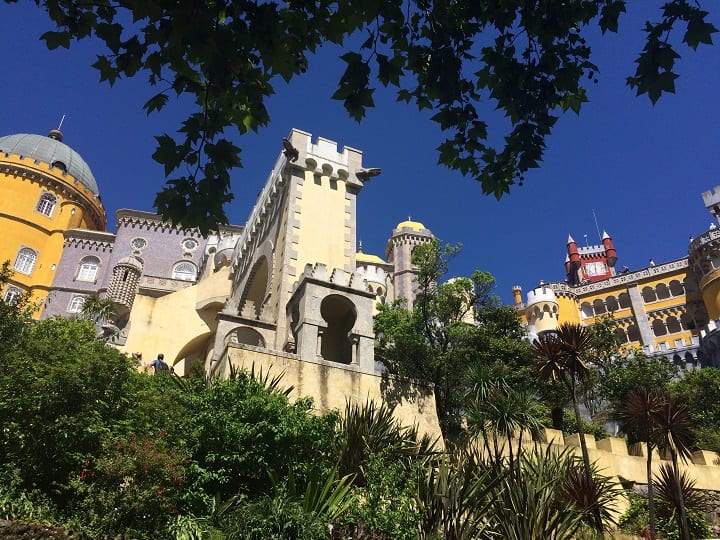
Why spend three days in Sintra?
Most visitors to Sintra tumble out of buses and trains, eager to tick off as many of the town’s incredible attractions as possible, before heading back to Lisbon within the day. It’s something we were tempted to do during a city break in Lisbon in 2017 and, at the time, I felt we had missed out. One of the reasons we chose this Inntravel walking holiday, Palaces and Pathways of Sintra, was to put this right. The walk included two nights in Sintra, just enough time to appreciate its treasures.
We added a third night, however, to truly experience a relaxed Sintra, one that was beloved of generations of Lisbon’s nobility plus the poets and writers of the European Romantic Movement. Of course, if a day trip from Lisbon is likely to be your only chance to see this UNESCO World Heritage site, then you really must go. But, if time allows, opt for Slow Travel in Sintra and you’ll understand why Bryon called it ‘glorious Eden’.
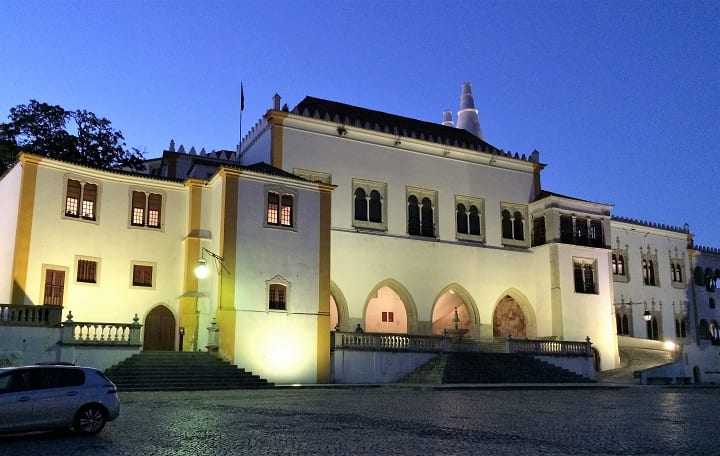
Where to stay in Sintra
We entered the city on foot, hot and weary travellers who had hiked through the wooded hills and valleys of the Sintra-Cascais Natural Park to reach the final destination, Sintra. Clad in wickable t-shirts and hiking boots, carrying rucksacks and walking poles, we didn’t quite look the part as we turned up at the reception of the distinguished Lawrence’s Hotel. No-one batted an eyelid. We were shown to one of the best suites in the hotel, named after Portugal’s renowned author, Eça de Queirós. We unpacked, changed into something less ‘hikey’ and began our exploration of Sintra. But first, a G&T on the outside terrace in front of the hotel. One of the main advantages of taking things slowly: many opportunities for drinking and people-watching.
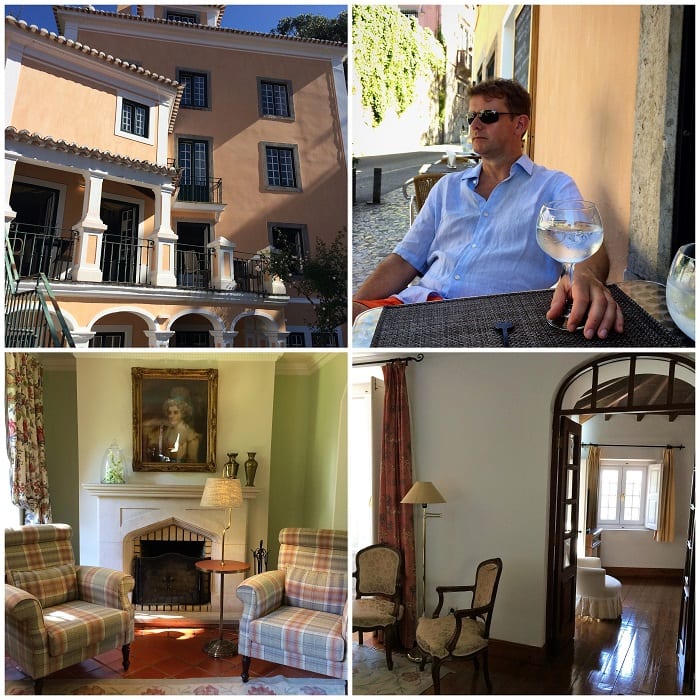
What did we do when we weren’t sipping gin? We visited the spectacular places that led to UNESCO listing Sintra as a World Heritage site for its cultural landscape. In the 19th century Sintra became the first centre of European Romantic architecture, encouraged by the king, Ferdinand II. Gothic, Egyptian, Renaissance and Moorish influences can be found in its parks, gardens and buildings. UNESCO are right. Bryon was right. Ferdinand II was right. Sintra is sensational.
Monserrate Palace
This pretty-in-pink palace is a little to the west of Sintra itself. It was a stop on our final walk into Sintra so we were able to tick it off before we reached the town. Monserrate Palace was originally a chapel named after the Black Virgin of Monserrate, located in Catalonia. After the 1755 Lisbon earthquake the chapel was demolished and the estate restored in Neogothic style by Gerard De Visme.
However its look today was created by Francis Cook who instructed architect James Knowles Jr to rebuild the house in Moorish style. It was renovated again a few years ago and now the long corridors, domed ceilings and delicate pastel colours used to decorate the building are breathtaking.
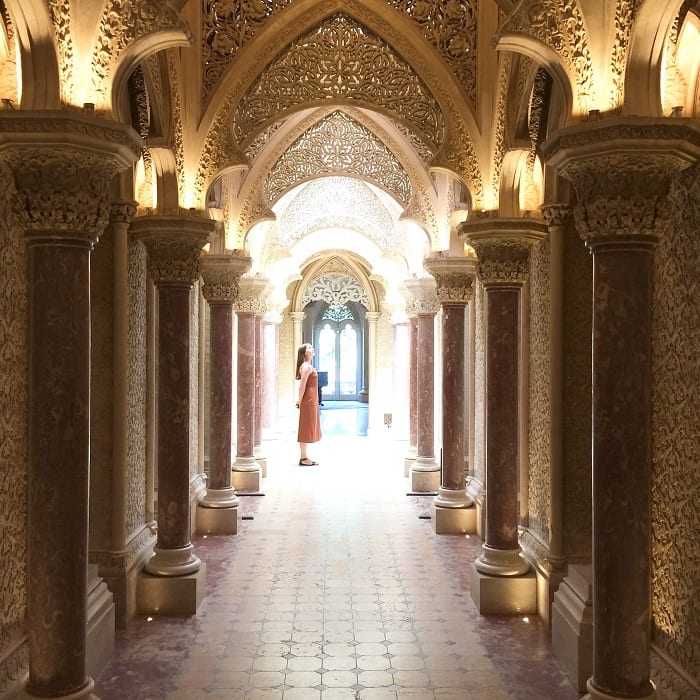
English writer and art collector William Beckford began to landscape the grounds but it was William Stockdale, advised by William Nevill of Kew (it seems you have to be called William if you’re into landscape gardening) who really put his stamp on the gardens. Species from all over the world such as Mexican cacti, English roses and Australian ferns fill these botanical gardens.
The Slow Way? Escape into the gardens. Choose your own trail through the grounds then find a spot to sit on the vast lawn where you have a good view of the palace. Hunt out the café, try some of the divine chocolate cake and sit on the terrace for a while.
Moorish Castle
A spectacular military outpost on one of the peaks above Sintra. It seems to have a history going back to the 10th century. Ferdinand II waved his magic wand on it in the 19th century so it’s now a glorious, romantic ruin.
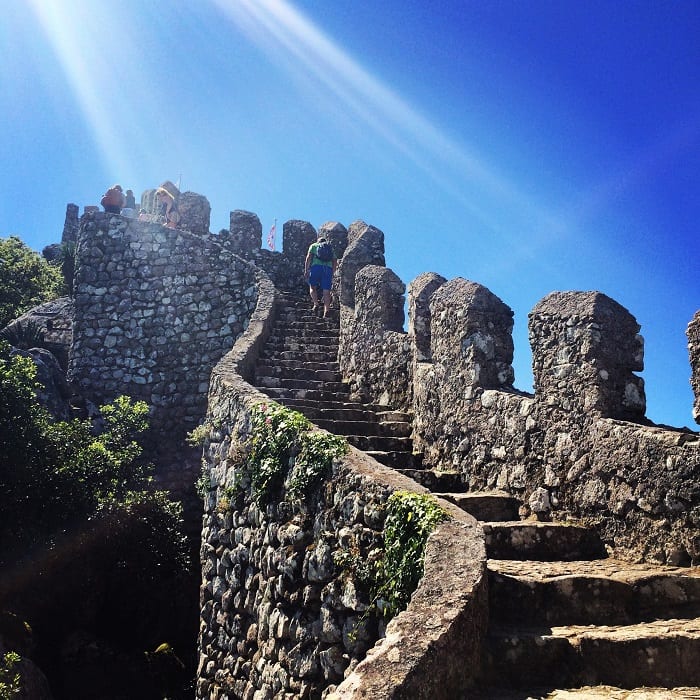
The walls are easy to negotiate. Not so the route to the toilets. Someone has designed the walkway to replicate the ramparts, I think, because it felt like a maze to wiggle your way to the loos. You wouldn’t want to be desperate.
The Slow Way? You can see the ramparts of the castle from the centre of Sintra. They look very high up and a long way away. No wonder many people hop on buses and tuk-tuks to visit. Not us. There’s a well-signed path which curves round the hill and allows for plenty of stops to admire the views. Go early so you can walk safely round the walls without having too many people to squeeze past.
Pena Palace
This is probably the icing on the cake for most Sintra visitors. Icing is a good word to use about Pena as it does look as if someone has gone crazy with the squirty cream here. Some people find the exterior a bit too wacky and Disney-ish. Nevertheless it was adored by the Portuguese Royal Family in the 19th century and ever since its exotic look has drawn people to its gates. It reminded me so much of Portmeirion in Wales.
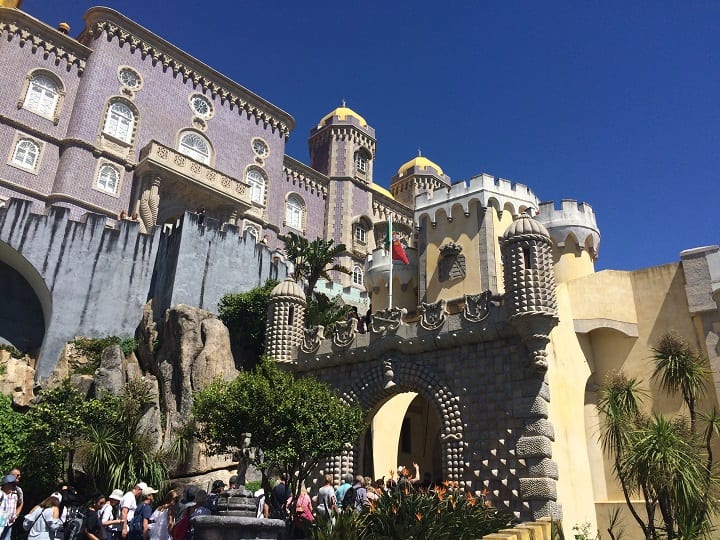
The Slow Way? We did have enough time to see the interior of Pena Palace but, unfortunately, not the inclination. Some people love it, some hate it. We just didn’t fancy the long queue. However, if you decide not to buy an interior ticket, you can still walk around the walls. We realised that if we took the stairs or lift up to the café, we had access to many Instagrammable spots along the ramparts.
The grounds, however, are so extensive that the crowds dissipate quickly. Lakes with duck houses, a garden of camellias and numerous fountains and temples are dotted about in this very lovely, leafy garden. I couldn’t believe that we had a relaxing slow experience, often with no-one else about, in one of the most visited attractions in Portugal.
One other tip – if you walk up to the Moorish Castle first, it’s an easy skip along a short path to Pena Palace. From the palace car park there’s a marked walk back down the hill by a different route which will take you past the next hightlight, Vila Sassetti.
Vila Sassetti
This summer house of Victor Carlos Sassetti is not currently open to the public but, by taking the pedestrian route back to town from Pena Palace, you can walk past this beautiful turreted building.
The Slow Way? I can thoroughly recommend this walk back to town from Pena. It’s a winding, cobbled path with so many beautiful features, glorious flowers and views. I’d say it’s better to walk down to the centre on this path rather than up (use the path up to castle I mention above). Vila Sissetti isn’t open yet but some sparkling new loos are available: that’s always worth a stop in my book. There’s meant to be a café too but not open when we visited.
National Palace of Sintra
You’ll soon spot the tall conical chimneys of the National Palace of Sintra. Originally the principal residence of Moorish rulers, the palace came under the ownership of the Portuguese kings in the 12th century. It’s packed full of architectural styles including Gothic, Mudejar and Manueline. The highlights for me were the Coats of Arms room with the most stunning blue tiles and the kitchen where you can stand underneath those huge chimneys.
Keep looking up and you can see swans on the ceiling of the Swan’s Room. The ceiling of Pegas’ room features magpies carrying roses. This relates to King John I being caught kissing a lady-in-waiting which led to the ladies chattering like magpies. To stop the gossip he decorated the room with as many magpies as there were women at the court and stated that the kiss was ‘por bem’ (without bad meaning). Yeah, of course it was…
The Slow Way? We popped in here in the afternoon. It must have been when everyone else was at Pena Palace, because it was surprisingly quiet. We didn’t feel at all rushed. It’s a cool, inviting place so take your time and enjoy taking photos at your leisure.
Quinta da Regaleira
By now you’ve realised that everything about Sintra is slightly bonkers and Quinta de Regaleira is no exception. On a day trip you might not have time for this enigmatic creation but you’d be missing out on a spectacular estate full of grottoes, underground passageways and elaborate architecture.
We have Brazilian trader, Carvalho Monteiro, to thank for putting his fortune into this incredible place. Italian architect, Luigi Manini, was employed to design Quinta da Regaleira. He included symbols relating to alchemy, Masonry and the Knights Templar.
The Slow Way? If you’re staying in Sintra, go here early before daytrippers arrive, The steps going down the wells will be full of people posing for photos…on every step! But don’t be put off; there are only a few bottlenecks. Don’t stick rigidly to the map: wander off, find a hidden path and absorb the magic that is here in spades. Treat the gardens as a real world game of snakes and ladders: you’ll go down one set of steps and appear somewhere else.
NewsMuseum
Hang on! What’s this? That’s not on most people’s Sintra must-sees. But if you’re here for a few days, I can thoroughly recommend a visit to the NewsMuseum. It’s a fantastic, contemporary attraction and it’s blissfully crowd-free. Anyone at all interested in how the media has reported world history, will find this fascinating. We both absolutely loved it. It’s located just off the main square so very easy to find.
The Slow Way? Everything in this excellent museum can be done slowly as there’s nobody hovering around you. Follow a teleprompter and record yourself reading a news story; put on a Virtual Reality headset and step into the future; read about how journalists have covered tragedies such as 9/11 and the assassination of John F Kennedy.
Seeing more of Sintra in three days
If you’re staying overnight you can appreciate the evenings in Sintra. The streets are empty and look even more beautiful when warmly lit as the sun goes down.
Eating – Restaurants are quiet too: waiters have time to chat and there’s no rush for your food. In fact some of them close early because there aren’t enough customers. I can recommend Tulhas on the Rua Gil Vicente which serves freshly prepared fish (excellent tuna steaks) and meat dishes, good value wine, beer and cocktails. Their Portuguese version of tiramisu was delicious.
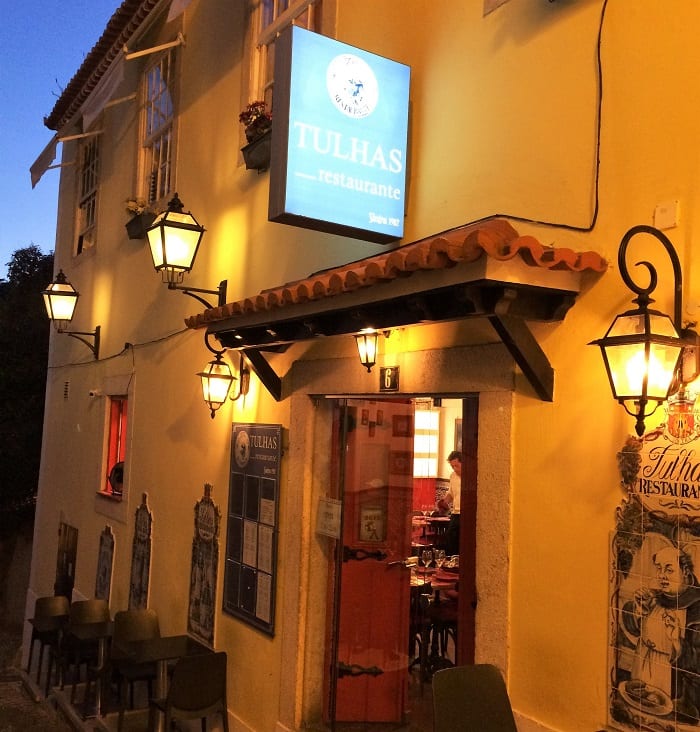
Another favourite was the Restaurant Regional de Sintra, an uninspiring name with a kerb appeal to match. But it’s lovely inside. The elderly owner, having spent too many years explaining the ingredients in each dish to tourists from many countries, has gone hi-tech with iPads for diners. It may look a bit naff but don’t be put off – the menu can be read in different languages and the food is delicious and great value. Try the monkfish, washed down with a crisp Vinho Verde.
Shopping – We had lots of time for shopping, picking up handmade jewellery in independent boutiques. Cork souvenirs are perfect for taking back home as they are so light. Cork bookmarks, coasters and purses can be found pretty much everywhere.
Getting around – The old town of Sintra is very manageable on foot so you can certainly explore during your three days. Remember the town has a peculiar topography. If you try to cross it from north to south you’ll be tackling some steep ascents and descents. Instead, locate the sweeping, curved street, Volta Duche and take the easier route around Sintra. There are some excellent sculptures along this road, plus independent street sellers that might just have something to tempt you.
We spent a week hiking through the countryside, working our way gradually to Sintra. We could often see the teasing sight of Pena’s dazzling dome and turrets peeping out from the forested hills. When we reached the town we realised why it has been a favourite of royalty, poets and now, everyone on the planet. Don’t be put off, thinking it will be full of people spoiling the experience. It’s only busy because it’s brilliant. But do think about spending just a bit more time in Sintra. It’s certainly worth it.
Tickets for attractions
Many of the Sintra attractions are included in a multi-ticket. We bought ours from the Capuchos Convent which was on the itinerary for our walk earlier that week. The price will depend on how many you want to see. Included in the full ticket are the Capuchos convent, Pena Palace, Moorish Castle, National Museum of Sintra, Monserrate Palace and others even we decided we didn’t have time for, such as the beautiful Palace of Queluz. The Quinta de Regaleira will need a separate ticket.
You can read about the rest of our walking holiday here:
Adro Nunes and Capuchos Convent
This is my personal account of the Inntravel walking holiday: Palaces and Pathways of Sintra. We chose this holiday ourselves, as regular customers and huge fans of the company. We did receive a small discount which is payment for an article I have written for the firm’s website. All opinions are my own.
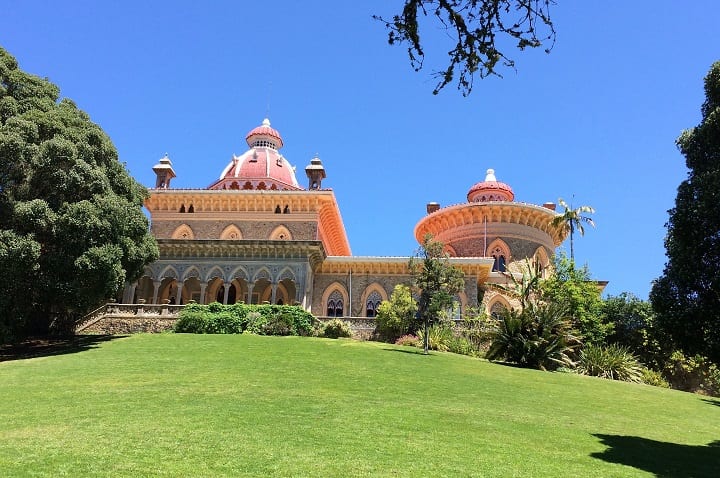
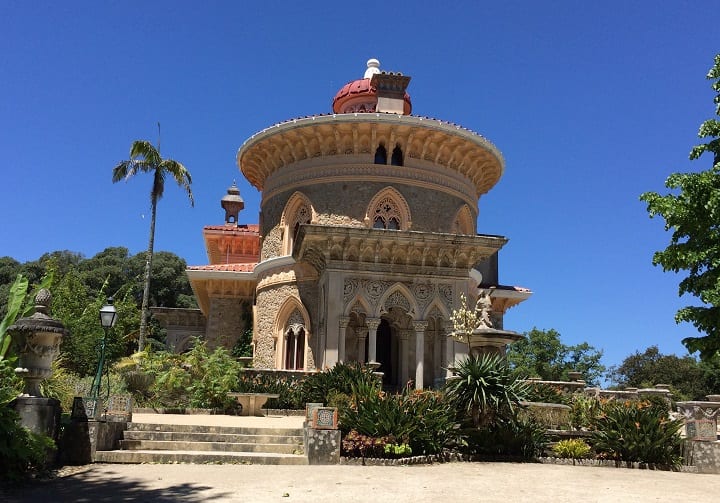
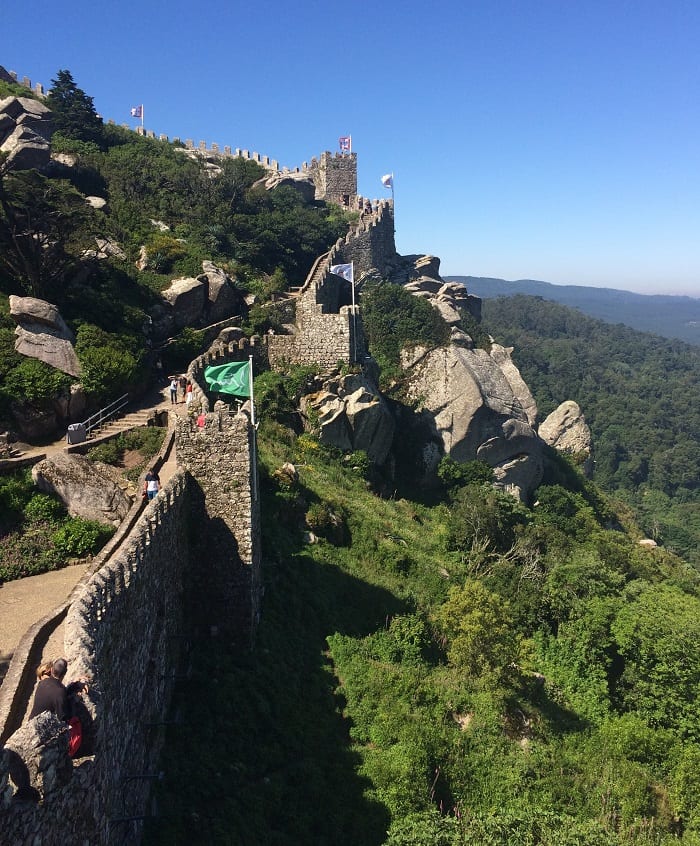
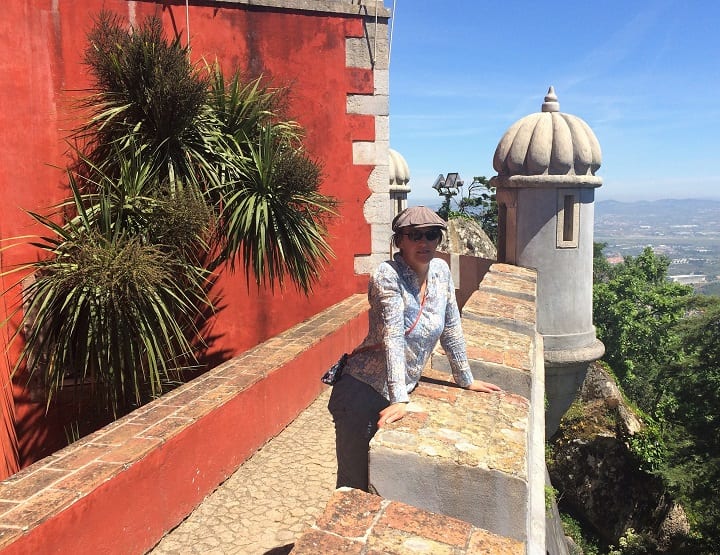

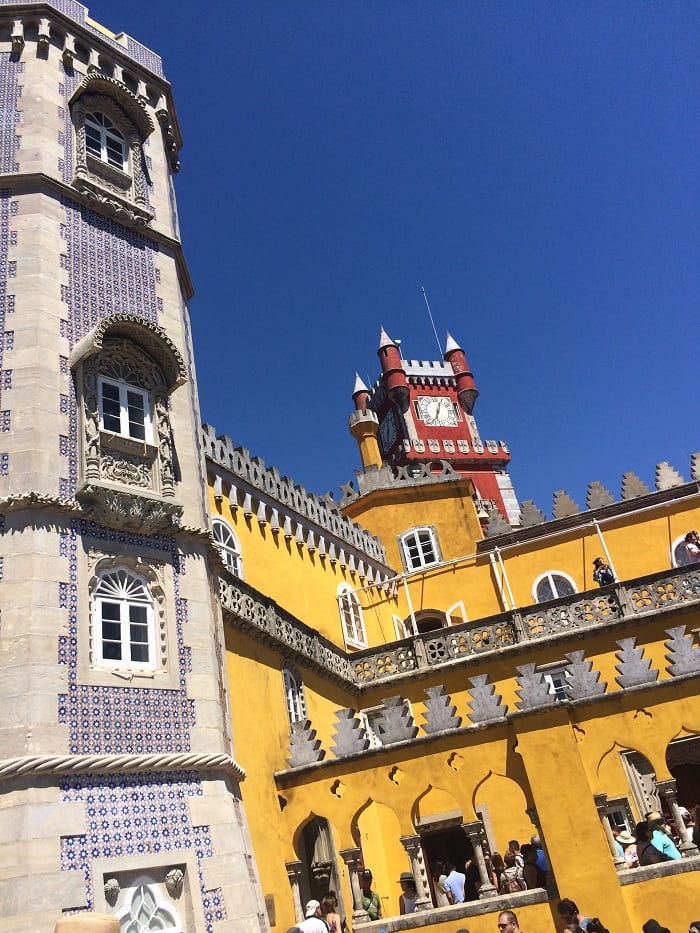
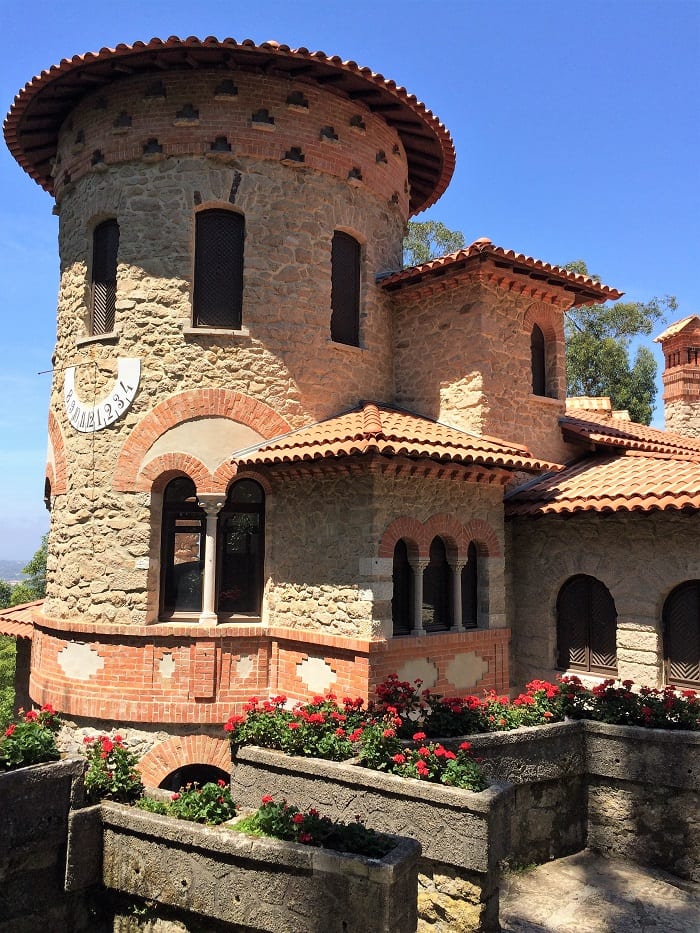
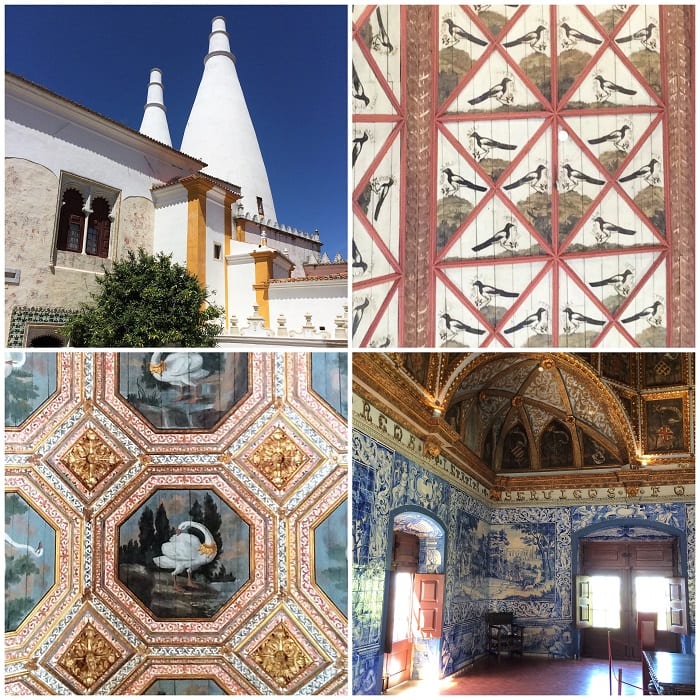
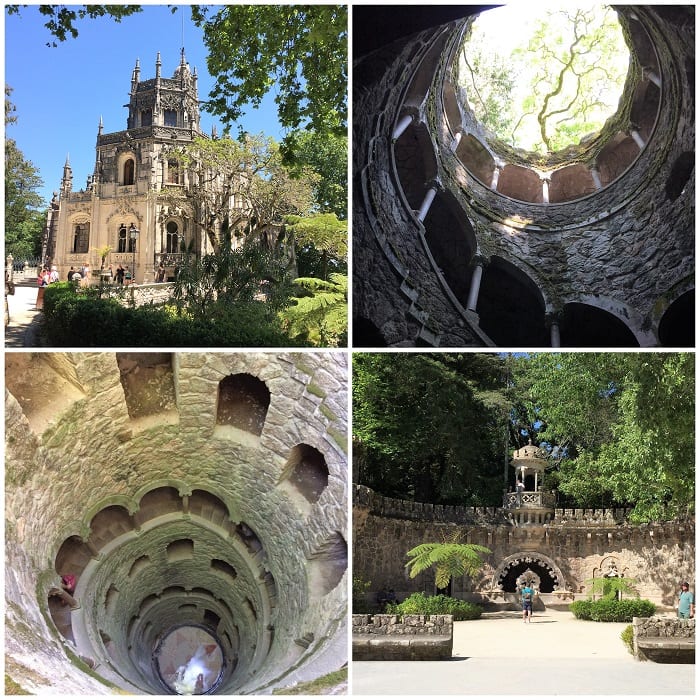
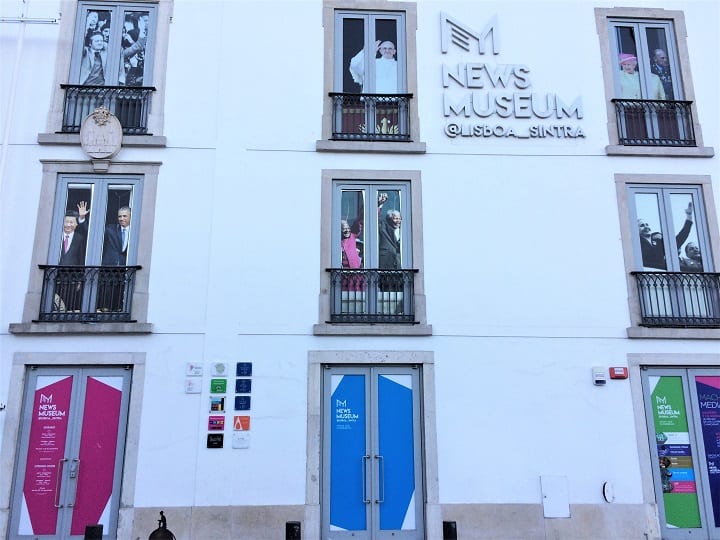
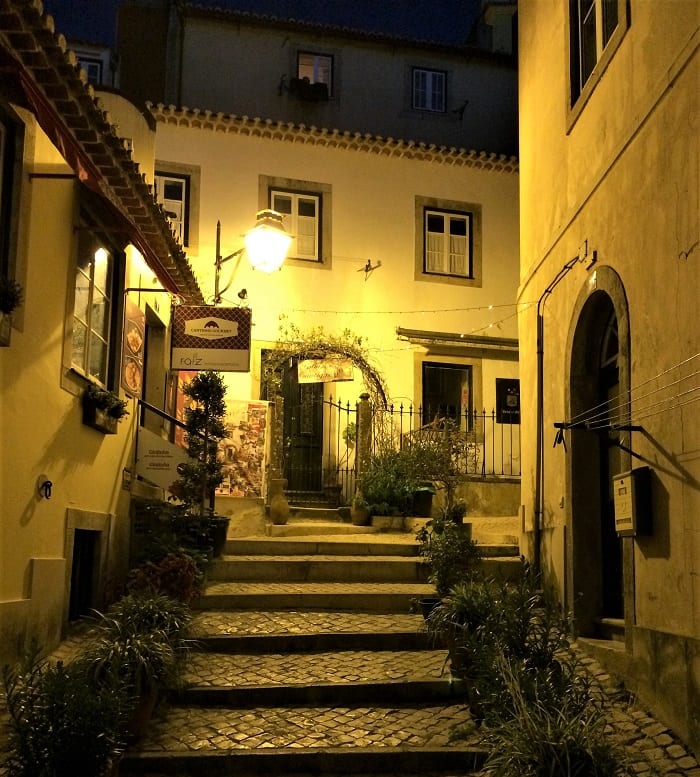
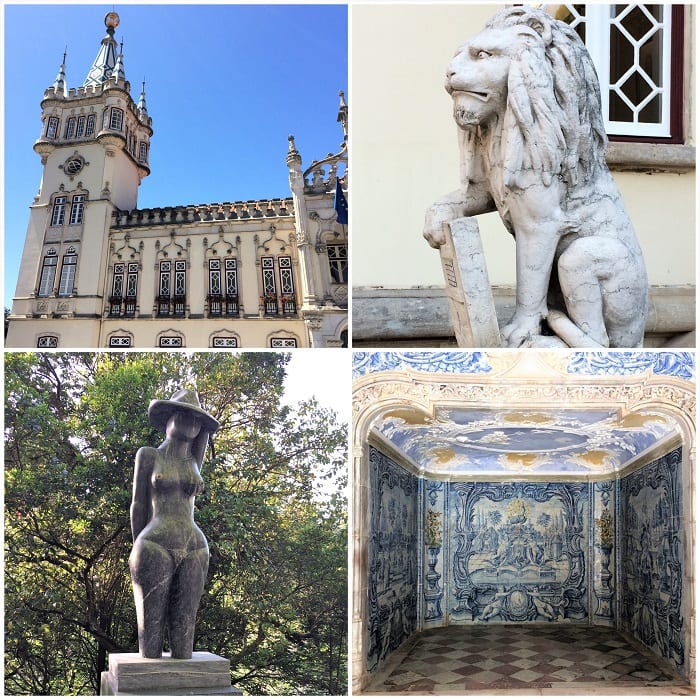

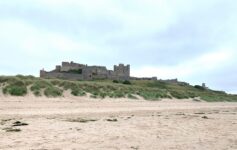

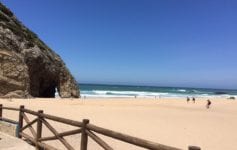
Sintra is a magnificent place. My parents took me there as a little kid but I can’t remember anything. I’m hoping to go back some day. It’s true that many people see Sintra as a day trip from Libon. If I ever come back, I’ll try to spend more days to fully experience it, just like you did.
I imagine you loved it at the time, even if you’ve forgotten it now!
If it was a choice of day trip or not seeing Sintra at all, I’d go for the day trip. But it was so fantastic to see it for longer – a very beautiful place.
Sintra is a beautiful place. i loved to read your post and the UNESCO World heritage sites that we can explore in 3 days.
I am just so glad you decided to stay in Sintra too. So many people take just the day trip from Lisbon and that’s really selling Sintra short. Husband and I also stayed in Sintra for 2.5 days and simply loved it, getting to see all the palaces and not just Pena Palace. I simply loved the town after all the daytrippers went away, so much quiet, almost mystical. I simply love your photos.
#FarawayFiles
I’m glad you experienced a longer stay in Sintra too. Isn’t it wonderful when you can wave goodbye to everyone else!
I’ve heard so many good things about Sintra. It is definitely on my bucket list and I hope to visit soon. #farawayfiles
I can see why so many people raved about it – so many wonderful attractions in one place.
We adored our day trip to Sintra from Lisbon and I can certainly see the appeal of spending a few days there. We’d have loved to have walked up to the Moorish castle. You’re right, it does look MILES away when you see it in the distance! I really like the way you’ve shown how this can be an even better experience when done slowly. Thanks for sharing on #farawayfiles
I’m actually quite glad I didn’t see the view of the castle from the centre of Sintra before we climbed up to it – I’m sure I’d have been put off! But it really wasn’t too bad at all as the path curves round the hill.
Oh I LOVE the idea of a slow travel exploration of this area – everything definitely seems so worthy of extra time spent. Have yet to visit Portugal and it keeps popping up in my feed lately. Saving for later when we finally make it! Thanks for sharing with #FarawayFiles.